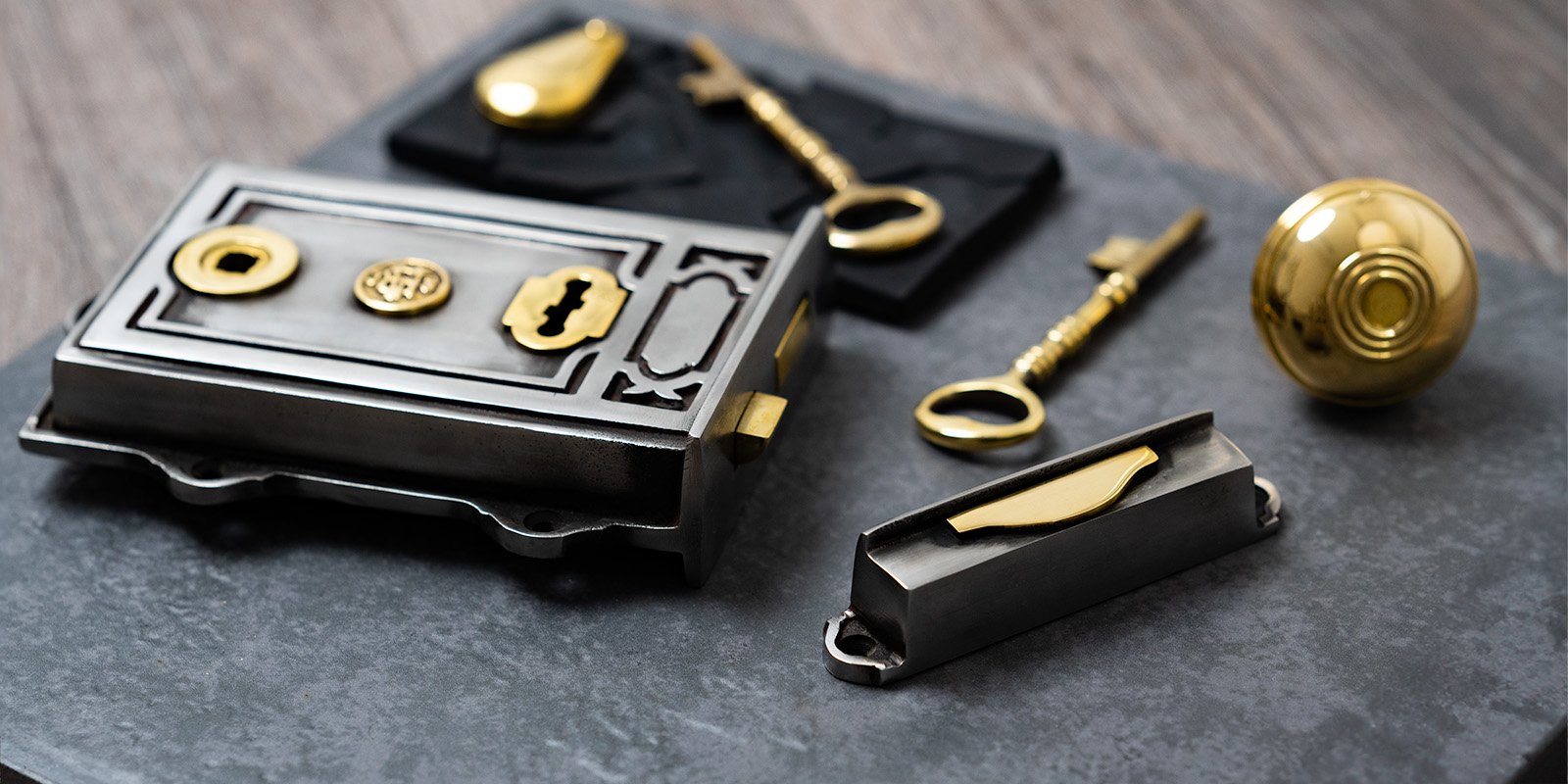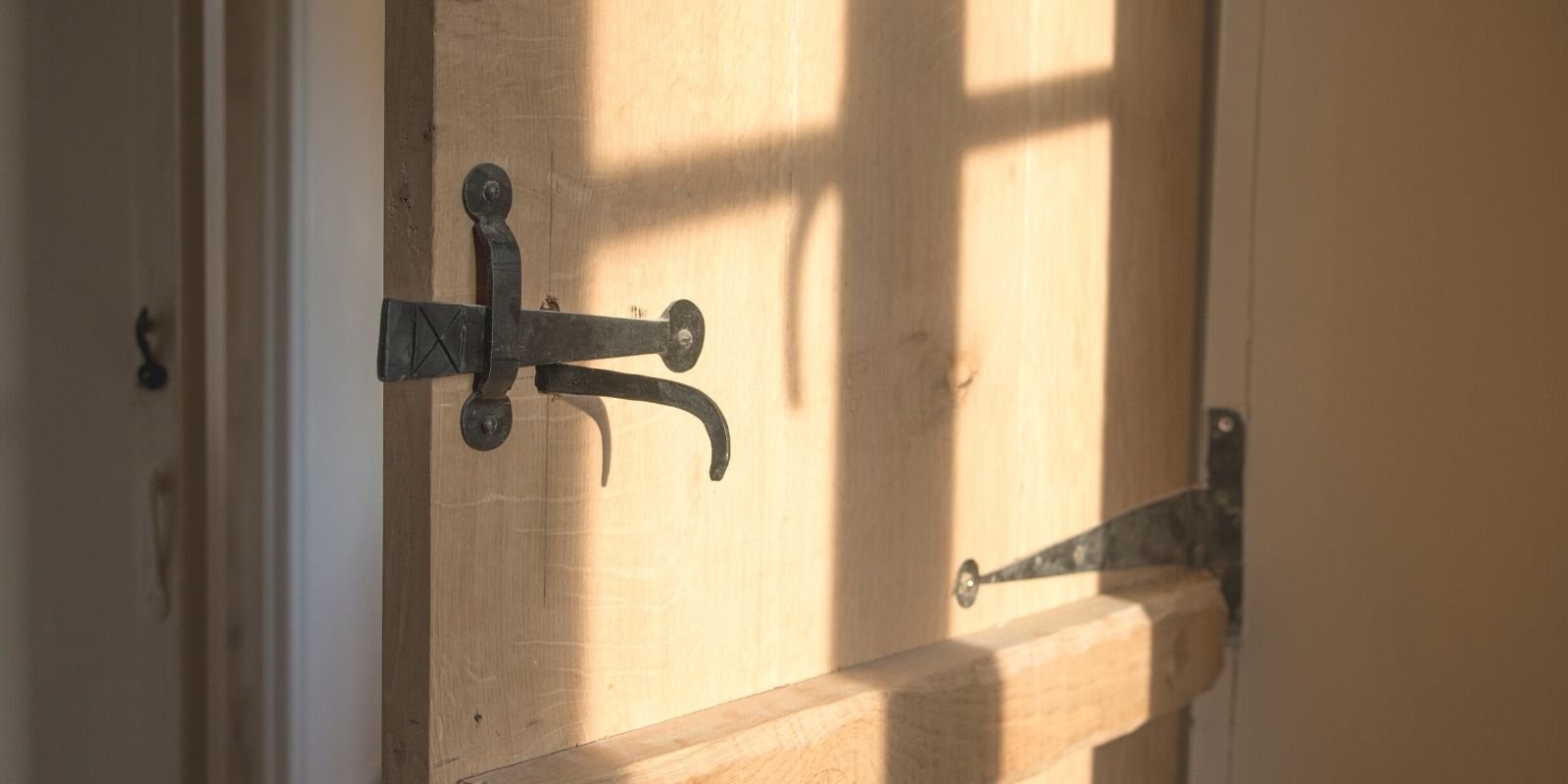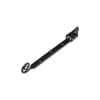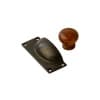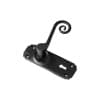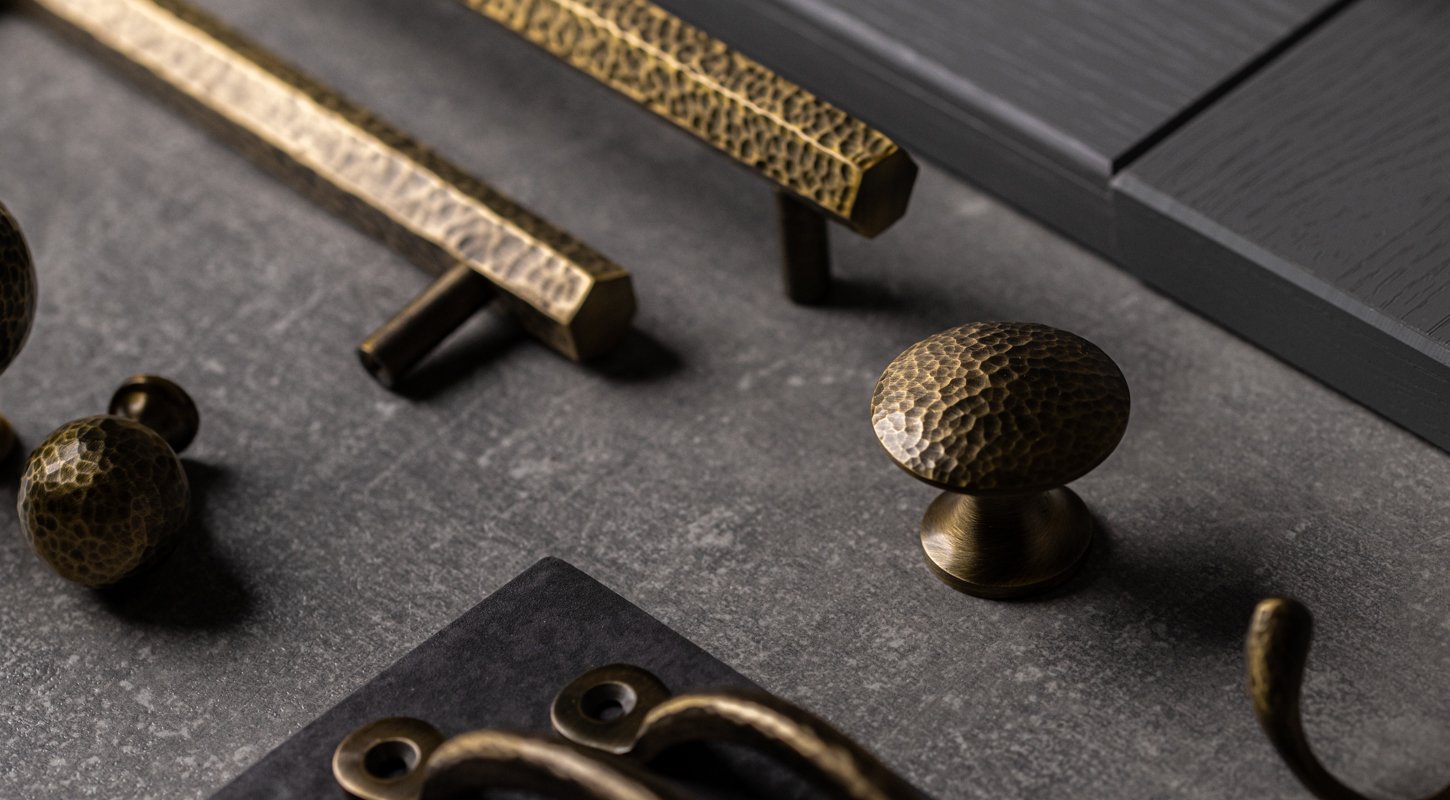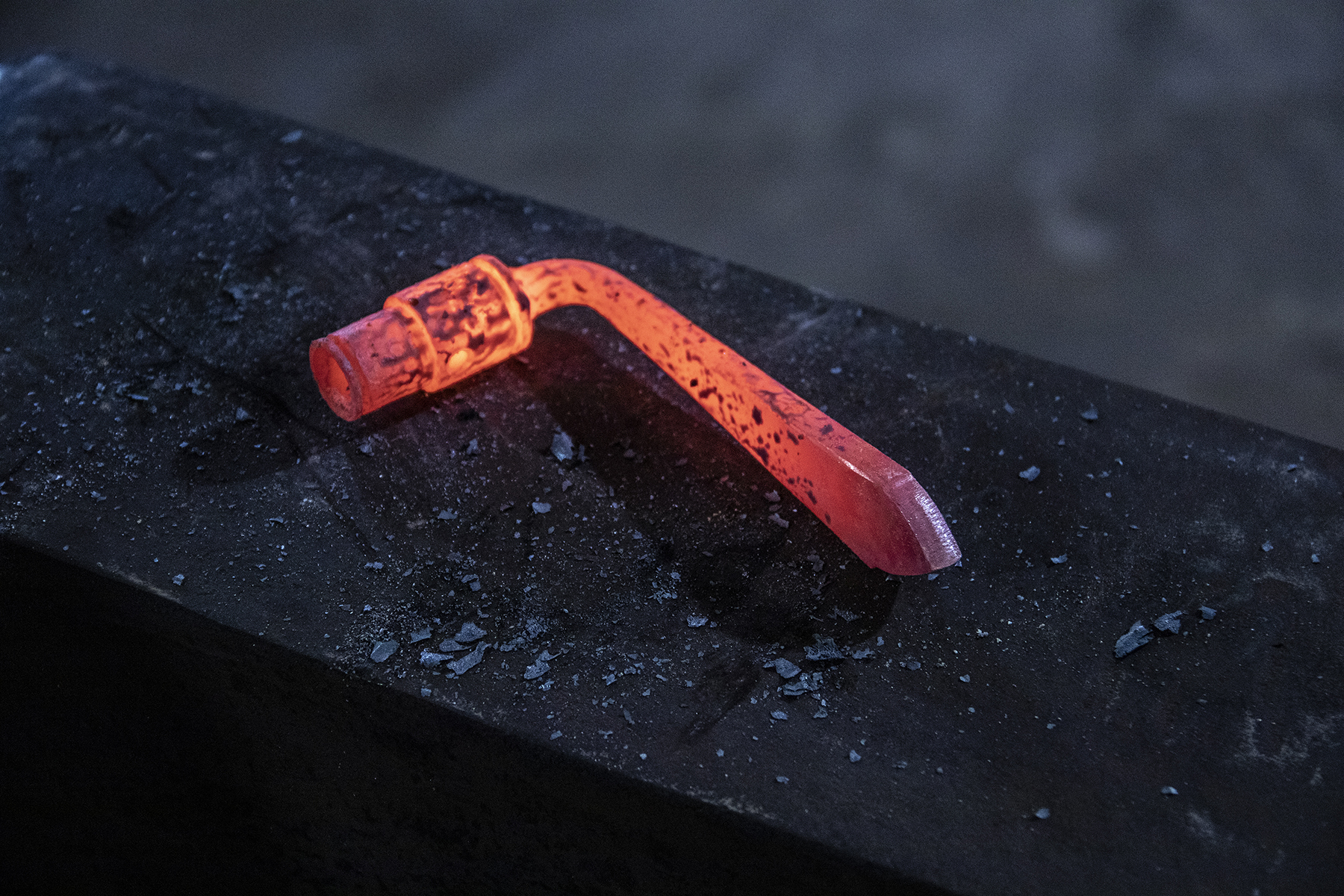- Home
- Information
- What's the difference between a Euro Vs British Standard Lock?
What's the difference between a Euro Vs British Standard Lock?
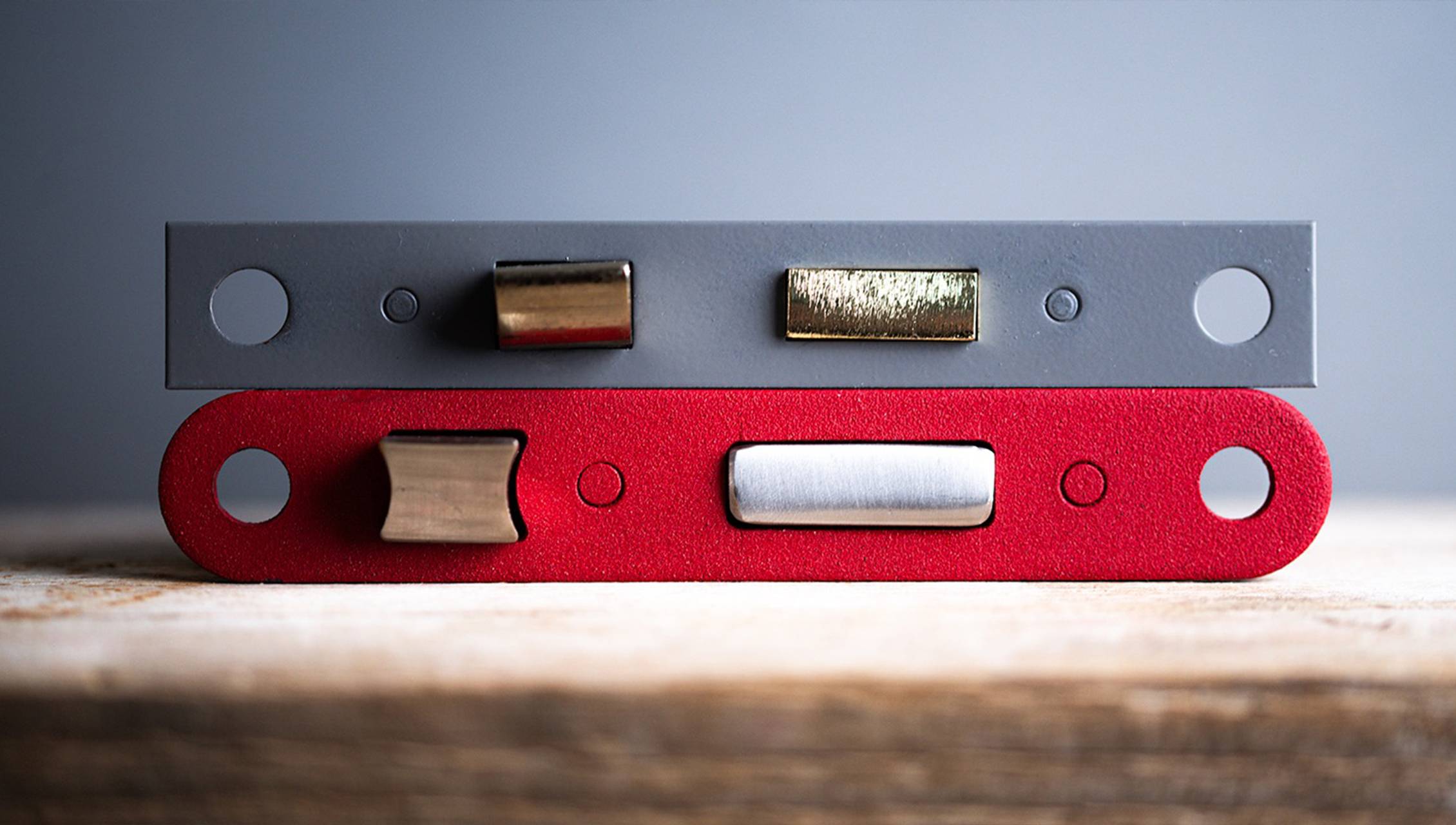

Table of Contents
Key Differences Between Euro and British Standard Locks
What is a British Standard Lock?
Pros of a British Standard Lock
Cons of a British Standard Lock
Introduction
This handy guide will help to distinguish the key differences between Euro locks and British Standard (BSU) locks, highlighting the pros and cons of both.
Key Difference Between Euro and British Standard Locks
The key difference between a Euro and British Standard Lock is the way they secure the door and their level of security certification. A euro lock has a wide range of choices of lock cylinder, but may not always be insurance approved. A British standard lock has a single, built in locking mechanism but meets BS 3621, making it insurance-approved in the UK.
What is a Euro Lock?
A Euro Lock is a type of lock that uses a Euro Cylinder; this makes it a versatile and widely used option in alot of modern door security.
Pros of a Euro Lock
- Easy to Replace – The Euro Cylinder can be swapped out without replacing the entire lock case.
- Wide Variety of Cylinders – Available in different security levels, including anti-snap, anti-pick, and anti-drill options.
- Compatible with Master Key Systems – Ideal for commercial buildings and offices where a master key setup is needed.
- Keyed-Alike Options – Multiple locks can be set to operate with a single key, offering convenience especially at home.
Cons of a Euro Lock
- Vulnerability to Lock Snapping - If low-quality cylinders are used, they can be broken with a snap attack.
- Not Always British Standard Rated - Some versions do not meet BS 3621, which is required for insurance compliance in the UK.
- Higher Cost for Higher Security - Advanced anti-snap and anti-bump cylinders can be more expensive.
- Complex Installation for New Doors - Euro locks require cutting a euro profile hole, which may not be suitable for all wooden doors.
What is a British Standard Lock?
A British Standard Lock is a normally mortice-style lock that meets the BS 3621 standard, ensuring high security and insurance approval in the UK.
Pros of a British Standard Lock
- Meets Insurance Standards - The BS 3621 rating is often a requirement for home insurance policies in the UK.
- Better Security Against Forced Entry - Features like anti-drill plates and reinforced bolts make it harder to break in.
- No Cylinder Vulnerabilities - Unlike Euro cylinders, there is no snapping risk since the locking mechanism is fully enclosed.
- Heavy-Duty Construction - Usually made with solid steel or brass, they provide long-lasting durability.
- Can Be Used on External Doors - Commonly used on wooden front and back doors, particularly in residential properties.
Cons of a British Standard Lock
- More Difficult to Change the Lock - BSU Locks require a full lock replacement, as the mechanism is not modular like a Euro Cylinder system.
- Limited Keying Options - Unlike Euro locks, British Standard locks do not support master key systems or keyed-alike configurations.
- More Expensive to Install - Needs professional fitting, especially if upgrading from a non-BS mortice lock.
Which Lock Should You Choose?
Which lock to choose will primarily be based on whether or not the lock is suitable to be fitted to your type of door.
For more modern homes with newer doors, a euro lock will be more suitable, allowing for every lock to be opened by a single key. Be sure to cehck your insurance policy first to ensure that you are still covered if using euro locks.
For older properties or wooden doors, a British Standard lock will be more suitable, but may require more work to replace. The lock will still be secure and tamper proof and also insurance friendly which can reduce your premiums.
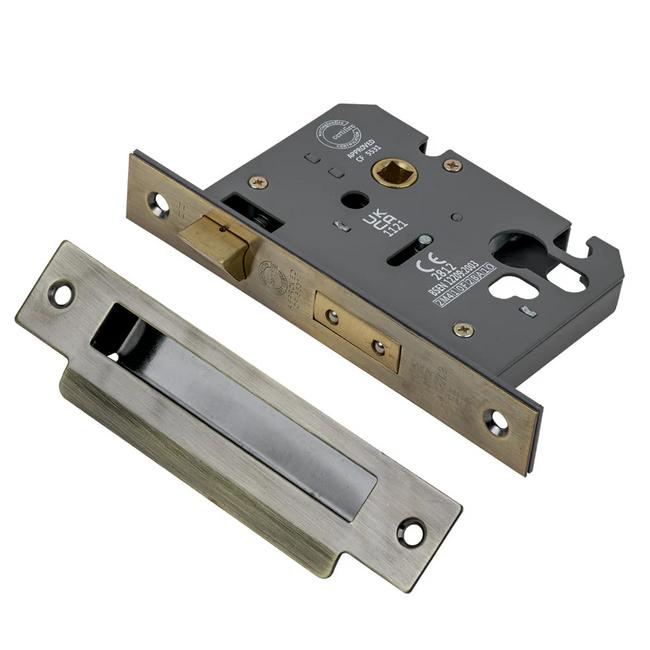
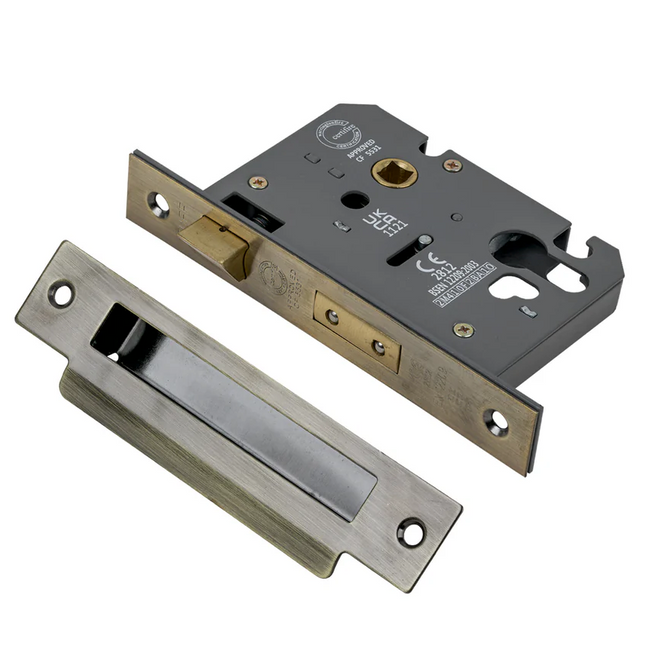
3 Lever Euro Sash Lock - 3 Inch
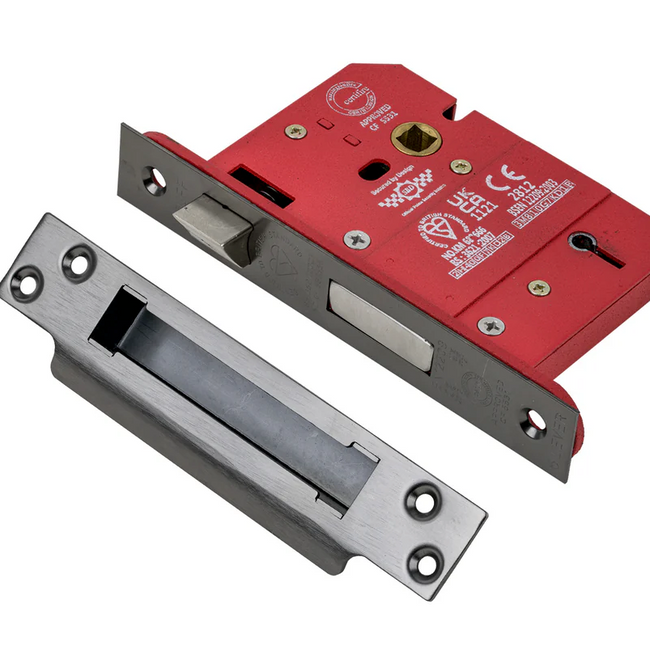
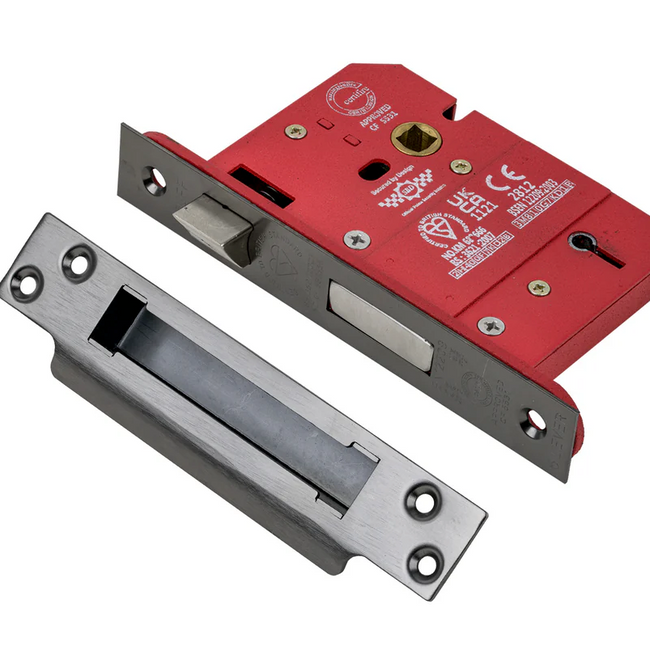
5 Lever Mortice Lock - 3 Inch
Conclusion
In conclusion, Euro locks use Euro cylinders and offer versatility but may not always be insurance-approved. British Standard locks, meeting BS 3621, provide higher security and insurance approval can be more difficult to change.
Comments




